See the play at Jean-Duceppe Theatre from March 8 to April 8
Manikanetish is based on Naomi Fontaine’s novel by the same name. An author and teacher, Fontaine has published four books and translated various others. Manikanetish is her second novel, published in 2017, and her most recent work Shuni was published in 2019.
This play is set in Uashat, a small Inuit community in Northern Quebec close to Sept-Îles.
Most scenes are set in a high school classroom as the protagonist, Yammie, recalls her beginnings as a teacher to her son.
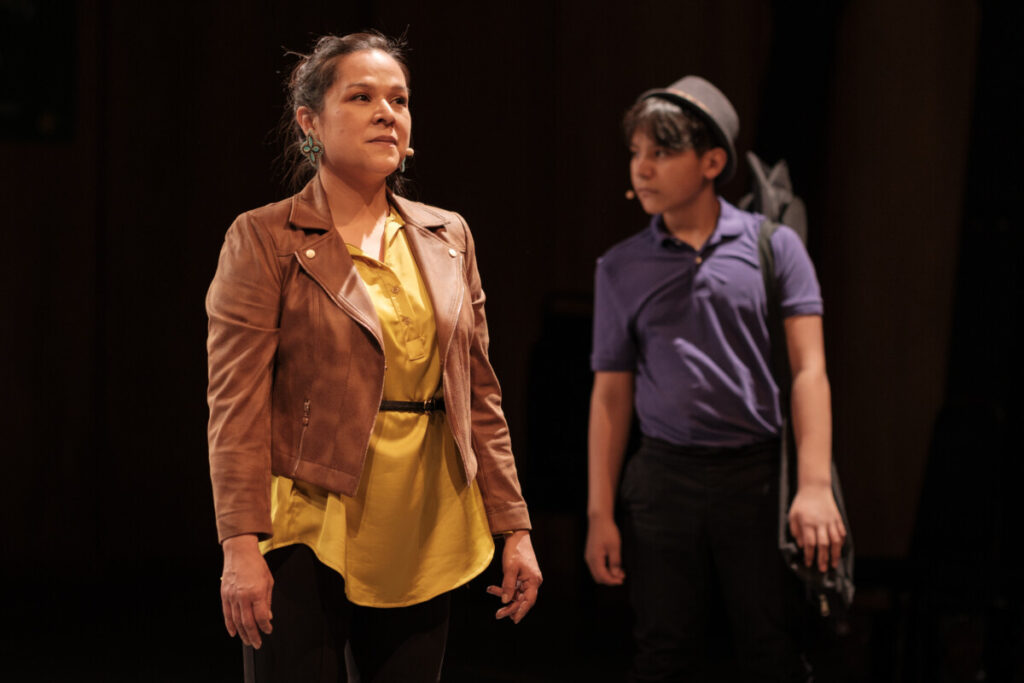
Manikanetish discusses the author’s life as a teacher, while centering the voices of the children she teaches. Themes of death, resilience and belonging dominate.
The resilience of these children is notably highlighted by the death of several of their relatives throughout the story.
Fontaine plays a central role in the play, though her character is taken on by another actress. She acts as a parallel to herself, an omniscient character, of what she wished she had said.
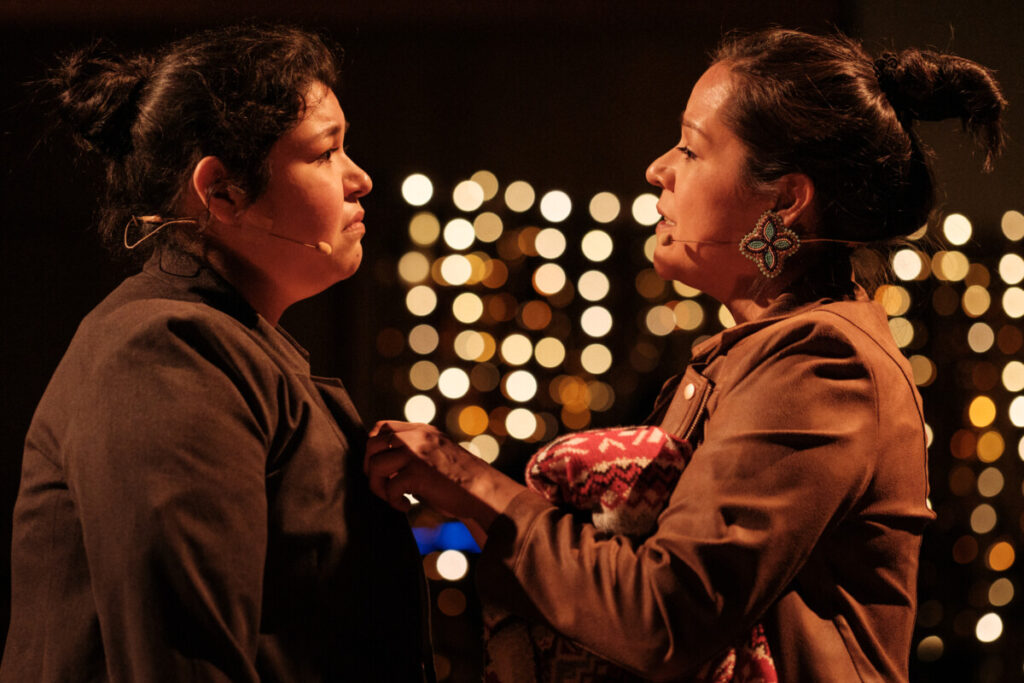
Though originally from Uashat, coming home to her community, Yammie finds that she is not accepted. She only speaks a bit of Innu, and admits not wanting to speak it because of her accent. She struggles with having left the community to study, and upon returning notices that the community has changed: she does not know anyone and is not trusted.
This is notable in a scene where one student is disgusted that the teacher does not know why one of the students is struggling because their parent is dying. The community is so small and close that everyone knows everything about everyone, and Yammie at first does not fit into that space.
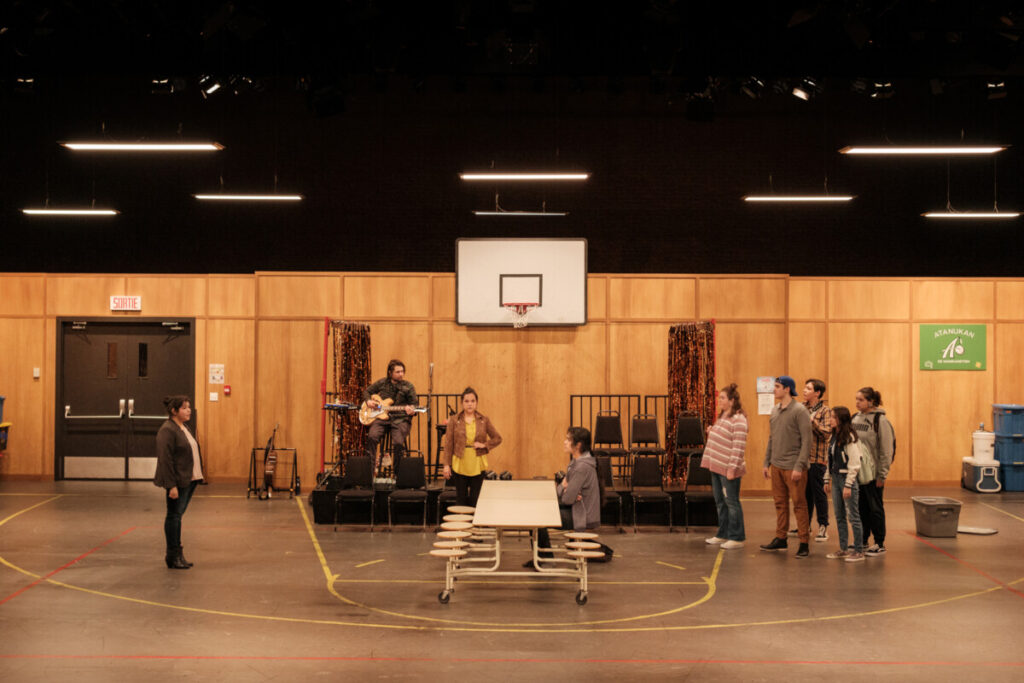
Along the play, the director parallels the past and the present: what Yammie’s life could have been and what it is not. She voices spending her nights alone drinking wine, with a partner back in Quebec City, not making any time for herself.
The first part of the play is conducted by her sadness and not understanding why her dream of being a teacher in Uashat is not what she thought. The second part focuses on the students’ strength facing the various hardships thrown at them.
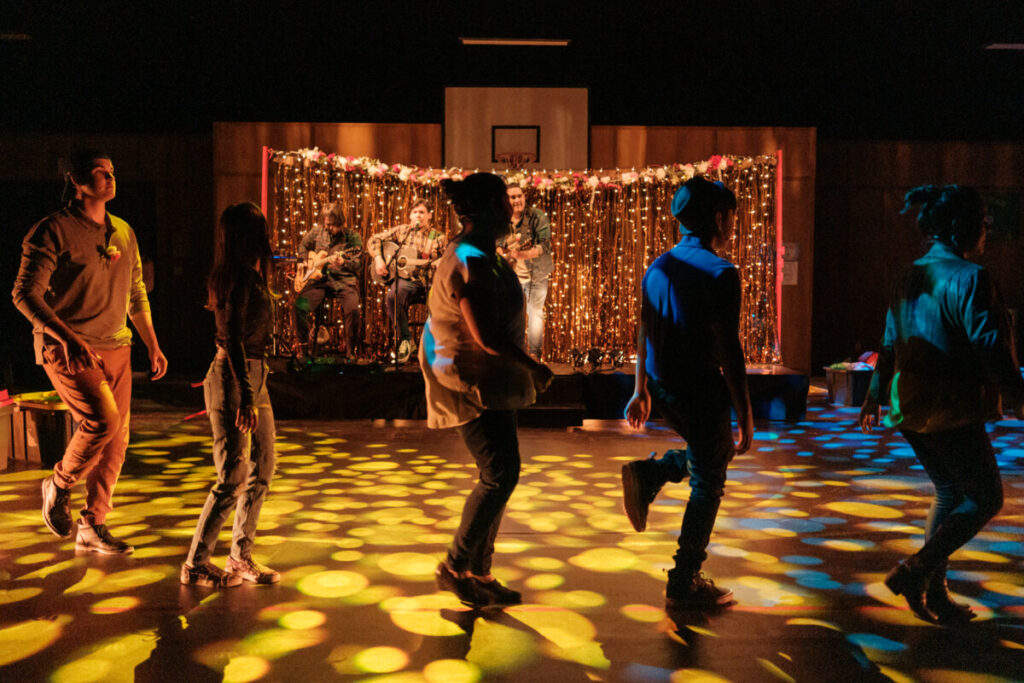
As the play goes on, she slowly constructs a relationship with her class as they start to understand her intentions.
For instance, when Yammie shouts at a student for sleeping in class, Fontaine’s character mirrors her and talks to the student in an understanding tone, offering a more sympathetic response. This serves as representation of what she wished she had said in those difficult moments.
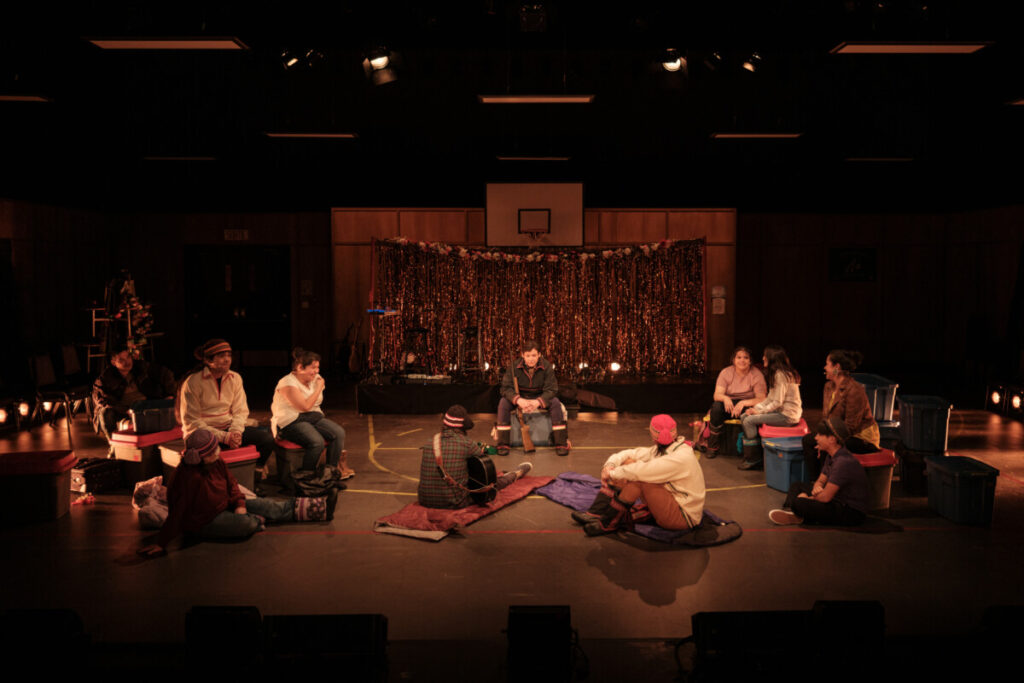
The audience gets to know six characters, their perils and their passions, their difficult upbringing in a remote town far from access to healthcare, and surrounded by discrimination. For instance, one student with a child brings up the injustice of their lack of access to proper medical care, while another speaks about the few future prospects they have because of the racism they suffer in school.
The play concludes with united voices saying “our voices are heard,” both defying the public to question their existence and showing the strength of their resilience.




